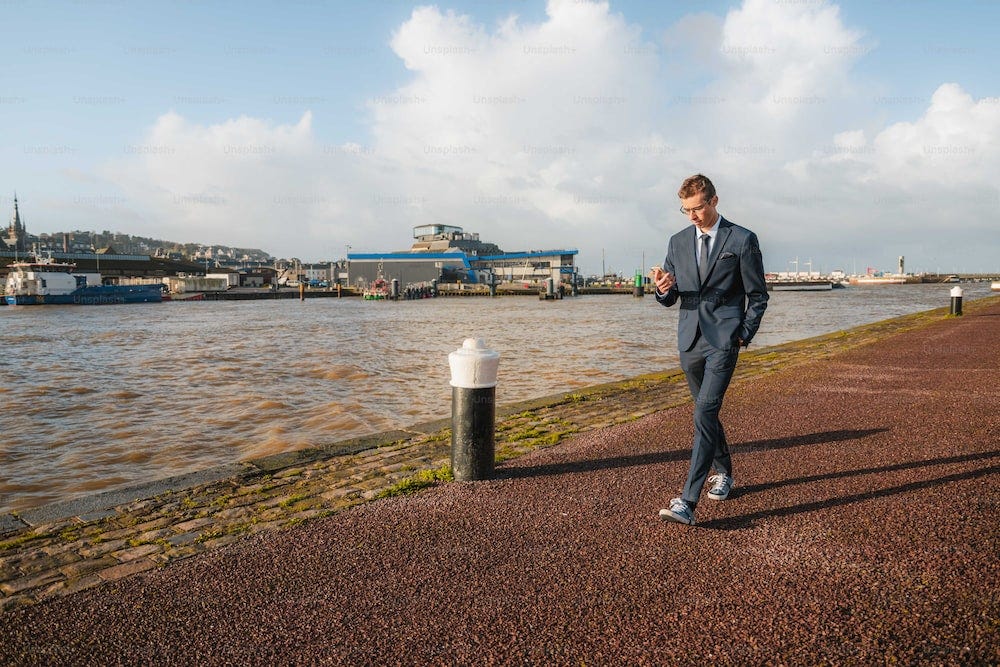
Working in the same field for several years is hard, and I still need to learn what burnout is. It’s more than just a lack of desire to do something or procrastination before a difficult project phase. It is such severe exhaustion that sleep problems, migraines, constant anxiety and nervousness, depression and lower professional self-esteem appear. Hence, it is best not to exhaust yourself to such an extent.
Causes of UX designer burnout

What in our work can lead to burnout? Let’s think together. In my opinion, the main reasons are as follows:
1. Constant pressure and deadlines. We often work under strict deadlines, especially in agencies and startups. This can lead to excessive workload and overwork.
2. Underestimating the role of the UX designer in the team. In some companies, it is believed that designers change the colour of buttons and fonts. Plus, it’s thought that you don’t need experience to criticise a UX designer’s work. It’s different when looking at a developer’s code that you need help understanding something about. Even though UX design is often subject to conversions, it can be measured by user satisfaction through reviews, ratings and customer support; many still consider themselves “experts” in design. This attitude can cause frustration and demotivation.
3. Monotonous work. Some projects require you to solve monotonous tasks. You do not develop in the profession because there is no sense of dynamics; you can quickly lose interest in the work.
As a result, the quality of work decreases, motivation disappears, and well-being deteriorates due to stress and overwork.
How to avoid burnout?

- Start your day with a 20–30-minute walk outside to get vitamin D3 from the sun. This is much healthier than browsing your social media feed. The news tends to increase anxiety, whereas walking helps to get your thoughts in order, boost energy, improve your mood, and adjust your circadian rhythm. What about on a gloomy or rainy day when there is no sunshine? In this case, you can work with a table lamp, directing its light in your direction for 30–60 minutes. It’s not the same as sunlight, but it’s better than nothing.
2. Keep track of your schedule, and don’t overwork yourself.
3. Consume caffeine consciously. Don’t drink coffee late at night, as caffeine has a half-life of 5–6 hours. So, if you drink coffee at 4 pm, your peak performance will come at 4:30 or 5 pm. This is great if you have a brainstorming session scheduled for that time, a significant event or are going to the gym for a workout. At the same time, it means that if you want to go to bed at 9 pm, you’re unlikely to fall asleep as you still have half of the caffeine in your system. Similarly, caffeine will negatively affect you if you drink it early in the morning. The body has adenosine, a chemical compound that regulates sleep. Adenosine levels drop after a good night’s sleep, but if you drink coffee, they rise after a while and, say, at 2 pm, you already want to sleep. This hurts work and contributes to burnout, too. When to drink the first cup of coffee? 1.5–2 hours after waking up.
4. Carefully ensure that there is time for hobbies and socialising with friends in addition to work. Otherwise, you will need help finding inspiration.
5. Get rid of the most distractions at work. Studies prove that getting into a work rhythm can take up to 23 minutes after being interrupted. Now multiply that 23 minutes by the number of times you are distracted while working. How much work time is wasted? Two hundred minutes, 250 minutes, or more? That’s why it’s best to start by removing the most apparent irritants — your phone, messengers, access to third-party sites, etc. For example, you could install the app Freedom to block access to distracting sites.
6. Develop and implement an end-of-day ritual. You can read about this concept in the book Deep Work by Cal Newport. The idea is to spend 5–10 minutes at the end of the day to prepare for the next one. For example, transfer project ideas to paper or create tasks in Any.do, Todoist, Trello or another favourite app. You can allocate time by making a list of tasks for the next day. This allows you to unload your head and spend energy on something else.
7. Keep yourself fit and exercise to dump adrenaline and extra stress.
8. Develop yourself and check your career prospects regularly; in this way, you will see where to aim.
If you are already in a “total exhaustion” situation, it is best to take a holiday for a week or two and rest.
If this is not possible, then:
- unload your schedule as much as possible: cancel meetings and minor tasks and allow yourself to be lazy,
- stick to your work schedule and don’t stay late after work,
- talk frankly about your condition to your colleagues so they do not pressure you and understand why your productivity has decreased. After all, when you recover, work will go much better.
UX designer burnout is a serious problem that needs attention. The best way to avoid it is to give yourself a rest.
Subscribe and stay in touch. Let me know what you’d like to learn in future posts!
Twitter | Instagram | Dribbble
UX Designers’ Burnout: How to Deal with It? was originally published in UX Planet on Medium, where people are continuing the conversation by highlighting and responding to this story.